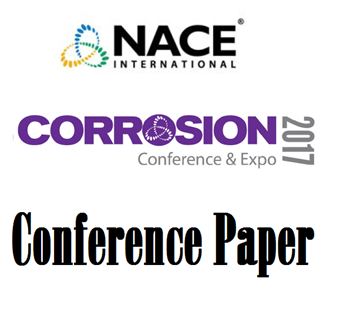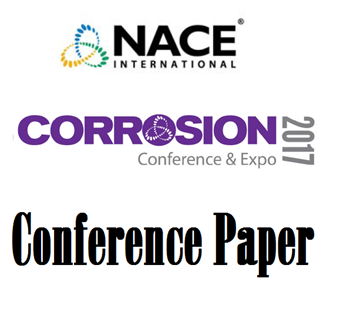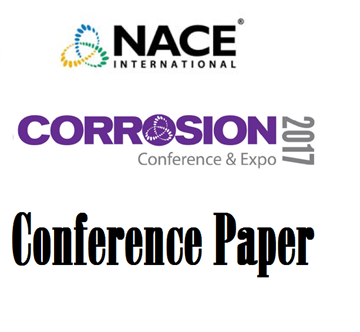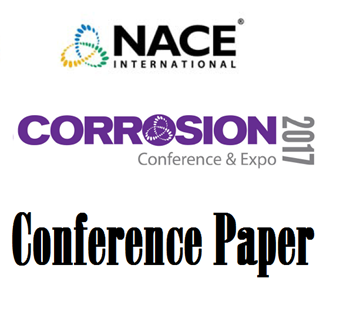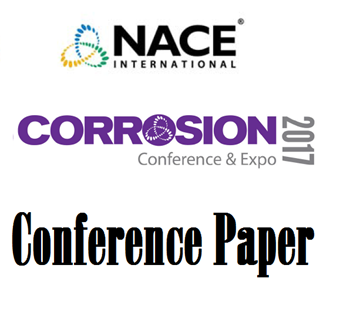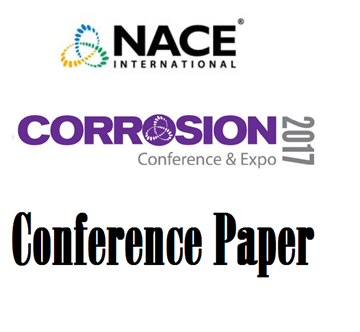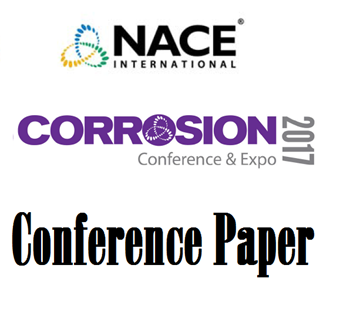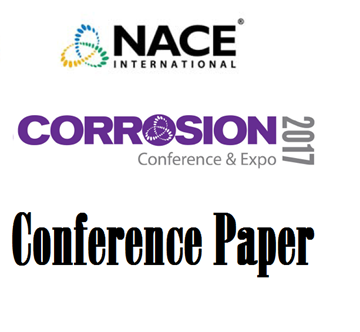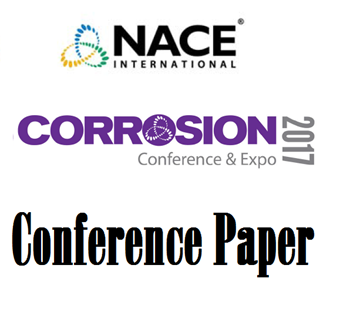Search
Products tagged with '2017 Conference Papers'
View as
Sort by
Display
per page
Materials Compatibility Issues in Biofuels – A Review
Product Number:
51317-10039-SG
ISBN:
0039 2017 CP
Publication Date:
2017
$20.00
Materials Performance of Corrosion-Resistant Alloys in Individual and Mixed Acids
Product Number:
51317--9409-SG
ISBN:
9409 2017 CP
Publication Date:
2017
$20.00
Materials Selection Challenges for Geothermal Energy Projects
Product Number:
51317--9258-SG
ISBN:
9258 2017 CP
Publication Date:
2017
$20.00
Mechanistic Correlations Between Single and Multicomponent Corrosion Inhibitor Blends for CO2 Corrosion Control
Product Number:
51317--9190-SG
ISBN:
9190 2017 CP
Publication Date:
2017
$20.00
Methodology to Estimate Edge Effect on Direct Current Cathodic Protection Coupons
Product Number:
51317--8976-SG
ISBN:
8976 2017 CP
Publication Date:
2017
$20.00
Methods of Monitoring Reinforced Concrete Corrosion in Formulations for Nuclear Facilities
Product Number:
51317--9154-SG
ISBN:
9154 2017 CP
Publication Date:
2017
$20.00
Microbiological Influenced Corrosion (MIC) in Florida Marine Environment
Product Number:
51317--9536-SG
ISBN:
9536 2017 CP
Publication Date:
2017
$20.00
Microstructural Study of the Corrosion Effect on AlCrFeNiMn Multicomponent Alloy Tested in Geothermal Environment
Product Number:
51317--8916-SG
ISBN:
8916 2017 CP
Publication Date:
2017
$20.00
Mitigation of Soil-Side Bottom Corrosion of Aboveground Storage Tanks Utilizing Volatile Corrosion
Product Number:
51317--9462-SG
ISBN:
9462 2017 CP
Publication Date:
2017
$20.00
Mitigation of Sour Corrosion Using Novel Fast Acting Hydrogen Sulfide Scavengers
Product Number:
51317--9446-SG
ISBN:
9446 2017 CP
Publication Date:
2017
$20.00
Modeling and Experimental Insights of Sulfide Stress Cracking Corrosion Mechanism
Product Number:
51317--9328-SG
ISBN:
9328 2017 CP
Publication Date:
2017
$20.00
Modeling and Projecting the Onset and Subsequent Failure Rate of Corroding Bridge Post-Tension Tendons
Product Number:
51317--8828-SG
ISBN:
8828 2017 CP
Publication Date:
2017
$20.00

